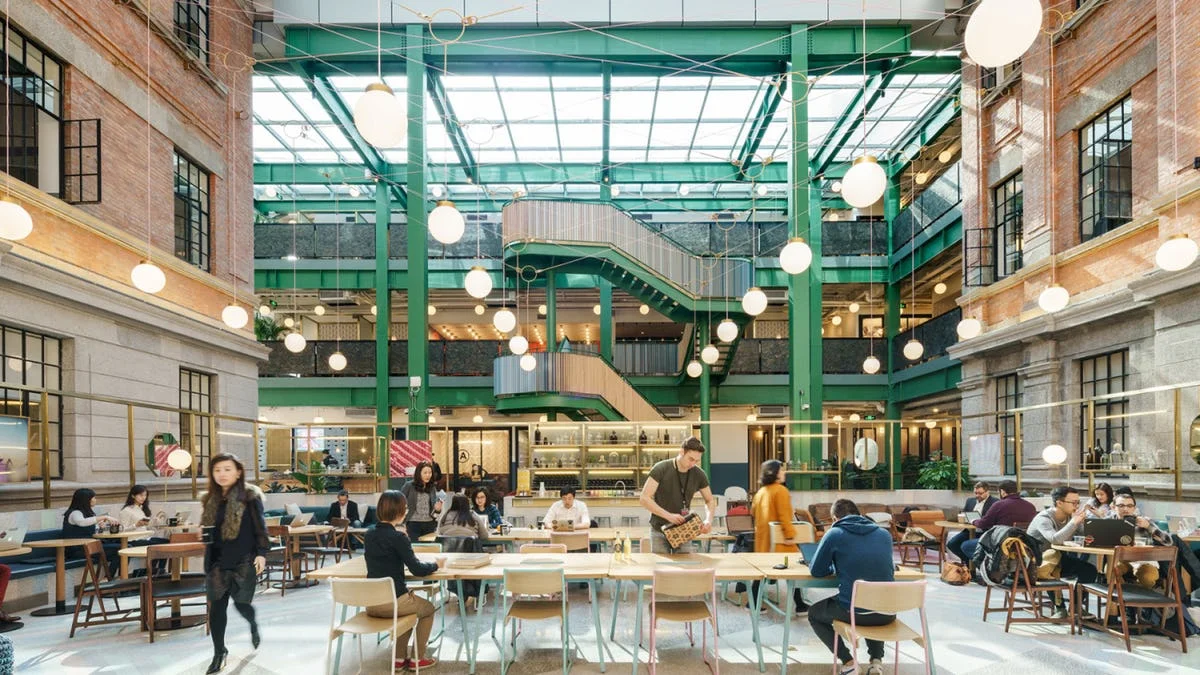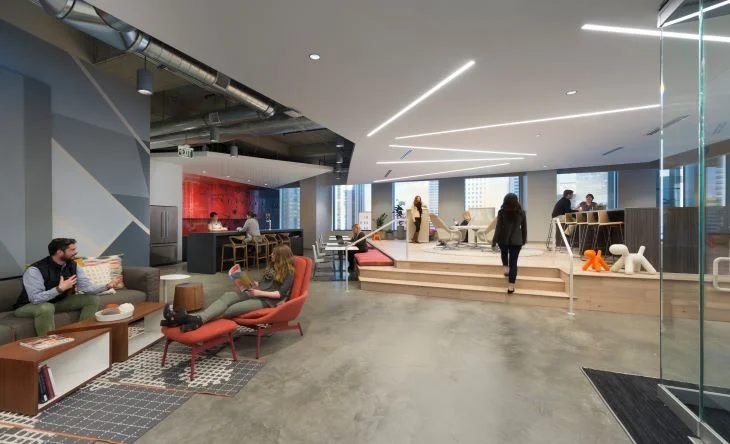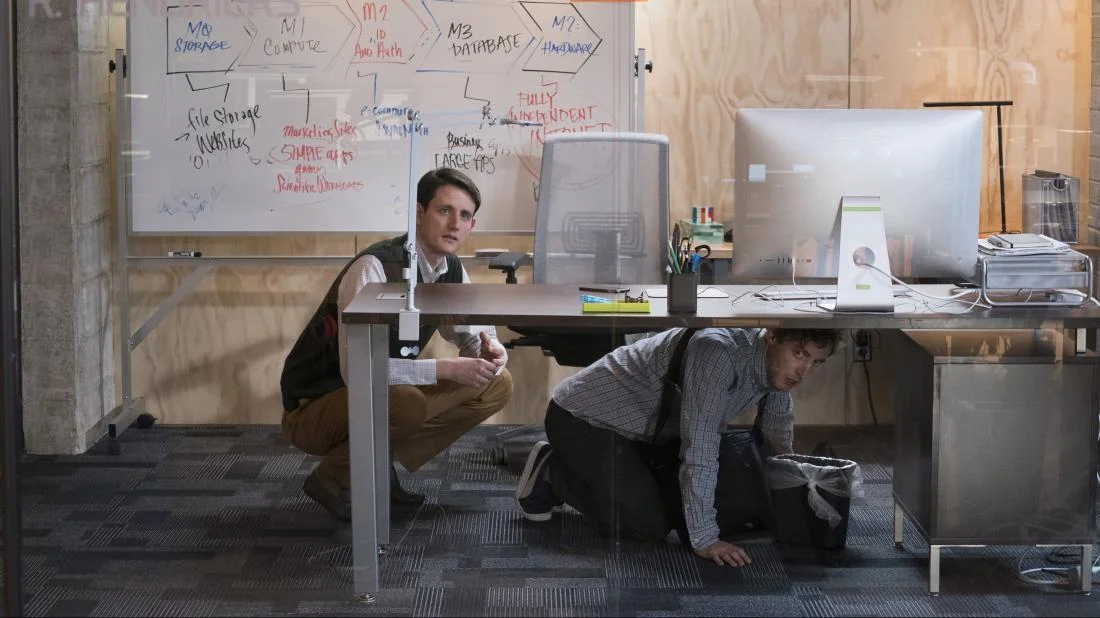In 2012 when Susan Cain’s book, Quiet arrived, it was a trigger to our industry to purposefully think, act, and design around one of the most fundamental dimensions of a person’s personality – whether you are an introvert or an extrovert.
Open Office Designs Remain Popular In The U.S. Despite The Fact Many Employees Hate Them
Employees voicing opposition to open-office floor plans dates back to at least 2014, but real estate planners continue to buck this opposition.
Open offices have only become more prevalent, with employers continuing to choose open-floor plans in numerous settings, according to a recent study by Clutch.
The survey noted even with employees citing a clear preference for more privacy, employers continue to favor open-office designs that mirror concepts launched by tech companies like Google.
WhiteBox Real Estate co-founder Grant Pruitt said the ideal office site often hinges on a series of factors that include everything from the industry a company works into the geographic area of the office to the type of employees in the space.
Office envy: companies focus on the experience-driven workplace
Companies are taking note of the experience-driven workplaces offered by space-sharing operators, which have driven 41 percent of occupancy gains in the U.S. office market since the start of 2018.
“In the past, it tended to be only very high profile, high-margin businesses that were able or wanted to provide their employees with incredible workplace experiences,” says Ben Munn, Managing Director, Flexible Space at JLL.
But in recent years, even the most conventional companies are thinking about how to instill some of the valued amenities seen in flexible workspaces into their traditional offices.
“As a result of this trend, our clients are now thinking differently about workplace design, says Ed Nolan, Managing Director, JLL Consulting.
Large companies have seen the tangible benefits of hospitality-style amenities in their workplaces.
The impact of workspaces for people of color go beyond feeling welcome
The benefits are endless when people of color are provided with spaces where they can gather, where they can access and invest in companies that cater to them without having to go out of their way to locate them.
How to fight blue light and tired eyes in the office
The way we work is changing rapidly due to advances in technology. From the moment we wake up, to arriving at the workplace, then relaxing at home, much of our time is spent surrounded by or using screens.
Remote working can increase stress and reduce wellbeing
Nearly 70 percent of millennials would be more likely to choose an employer who offered remote working according to one study.
Going with the flow in office design
Architects Are The New Psychiatrists: Why Getting Into The Minds Of Humans Is The Biggest Design Trend Of 2019
The year 2019 challenged U.S. architects and designers to face a not-so-distant future where Uber aircraft and autonomous-driving vehicles become a reality.
Change Management Fails: How To Avoid Change Management Mistakes
Steelcase’s Dr. Tracy Brower shares the change management mistakes we’re making as an industry and how can we support the process more effectively.
Watch: Rise of the flash team: Designing the agile office
We brought together experts from Gensler, Steelcase and GoSpace for a discussion to thrash out how interior design can meet the needs of today's hyper-flexible organisations.
In the Digital Age, Successful Offices Are Those That Understand Employees as People
A recent event held at Haworth's Chicago showroom gathered workplace specialists to discuss workplace design that focuses on individuals rather than job titles.
Office Landlords Deploy Tech to Enhance Natural Light, Draw Tenants
Office landlords were slow to adopt technology, but now are wasting no time to use it to transform every inch of their properties, including natural light let in through windows.
Is designing for Instagram hurting design?
Tips And Tricks For Losing Your Office
Change Management: The Impact Of Now
We were engaged on a workplace transformation project where our client had gone through a comprehensive workplace strategy process to determine their future space and people strategy.
WeWork, false narratives and the superstate of office design
The horrors of hot-desking
The Key To Successful Workplace Design? Change Management Plans
Think Flexibility: Adapting To The New Workforce Norm
The home garage is the design template for many start-up offices
Dense floor plans, tinker’s toys, junky desks, and pizza boxes. There’s a reason why many start-up offices look so homely. They’re built to the design template of a garage.

























